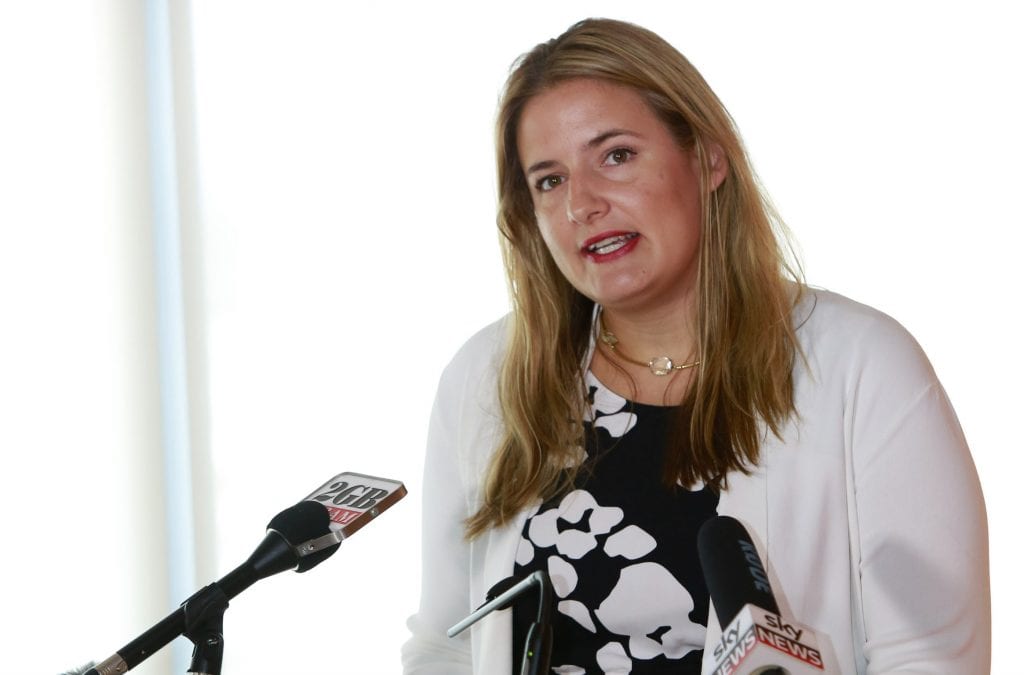One of the worst things, he said, was the annual university ball. From the advertising (with multiple photos of couples – all heterosexual), through the preoccupation with who was going with who, and the rituals of the event itself, which all reinforced a strong heteronormative culture that isolated gay students, many of whom were still struggling with their sexual identity.
Hearing his story made me think about all the ways that our society, culture, practices and symbols are set up to reflect particular ‘norms’ – and how isolating this must be if you don’t fit into these narrow portraits of human experience.
It also made me realise how difficult and unfair it is for people who are marginalised to be the ones constantly having to ask for accommodation.
A point that was again highlighted this week through Mamamia’s interview with Roxane Gay. The podcast was published online with introductory text talking about “the level of planning” that needs to go into a visit from one of the pre-eminent feminist writers – “Will she fit into the office lift? How many steps will she have to take to get to the interview? Is there a comfortable chair that will accommodate her six-foot-three, ‘super-morbidly-obese’ frame?”
Should Roxane, or anyone else, be made to feel embarrassed at how much ‘inconvenience’ they are causing, or grateful to the generous people who managed to find a proper chair?
We spend a lot of time talking about diversity – how our societies need to have a wider range of people participating, and leading, our institutions and our organisations. But we spend too little time talking about inclusion – how we actually include people.
As the saying goes, diversity is being invited to the party. But inclusion is being asked to dance.
Inclusion is where a diversity of people can navigate the world with ease, and not have to battle to be included, or be represented, or see people like themselves in positions of influence. Inclusion is people with disabilities being able to access public spaces and transport systems with ease, or join in team sports at a local sporting club. It is people of any sexuality feeling comfortable in showing affection to their partner on the street. It is when both introverts and extraverts are able to succeed in our workplaces. It is when there is no glass ceiling, or bamboo ceiling. It is part time workers not having to feel “lucky” that their employer lets them work part time. It is new mothers not having to worry about where they can express milk in the office, or having security called when strange noises are emanating from the toilet cubicle where they are forced to pump (true story!)
Inclusion is when a diversity of people are set up to succeed – where they can participate in our communities and our workplaces with freedom and ease, bringing their full self and the richness of their perspectives to bear. Where they are not exhausted by the time they get there – worrying if the workplace is going to meet their physical needs or enable them to balance their caring responsibilities, or if their career progression will be limited by (conscious or unconscious) discrimination based on the colour of their skin. When they are not exhausted by the time they get there – asking for permissions or special arrangements to be made to accommodate them. Because for some reason it always falls on them to check, rather than on us to ensure.
Crucially, inclusion is the process through which we harness diversity, and enable people with different views and perspectives to make a contribution.
We all need to do better – at taking steps to actively include all people, in recognising our blind spots, in consulting, and in showing humility. We need to look at how messages, symbols and behaviours in our organisations and communities reinforce exclusionary norms. We need to look at what sort of behaviour we reward and which stories we celebrate. We need to challenge ourselves about whether we are really open to new people, alternative perspectives and different ways of doing things. We need to look at how cliques and networks in our organisations can shut out new people and new ideas.
Fundamentally, we need to do more so that it’s not always up to excluded people to knock on the door – it should already be open.

